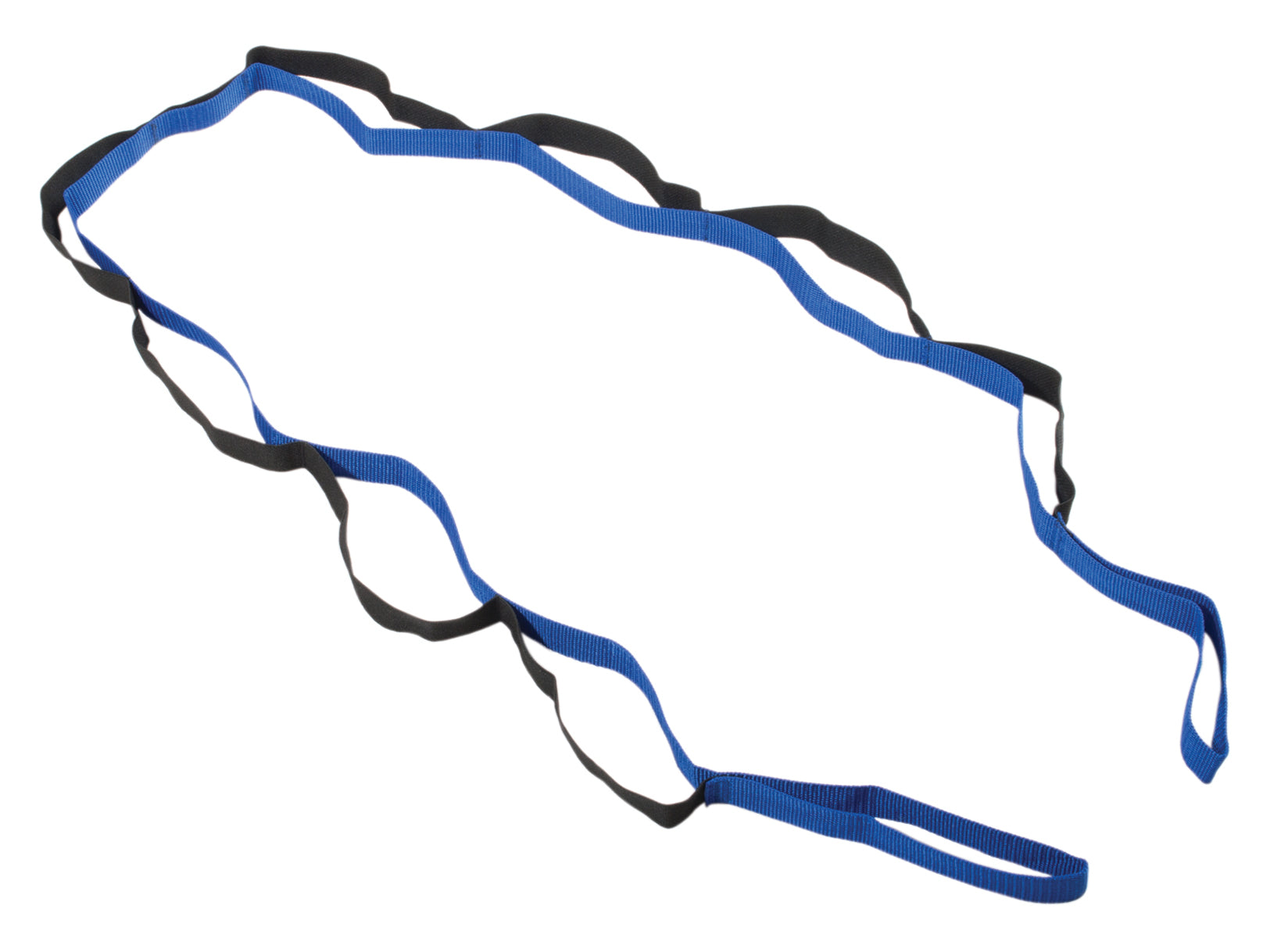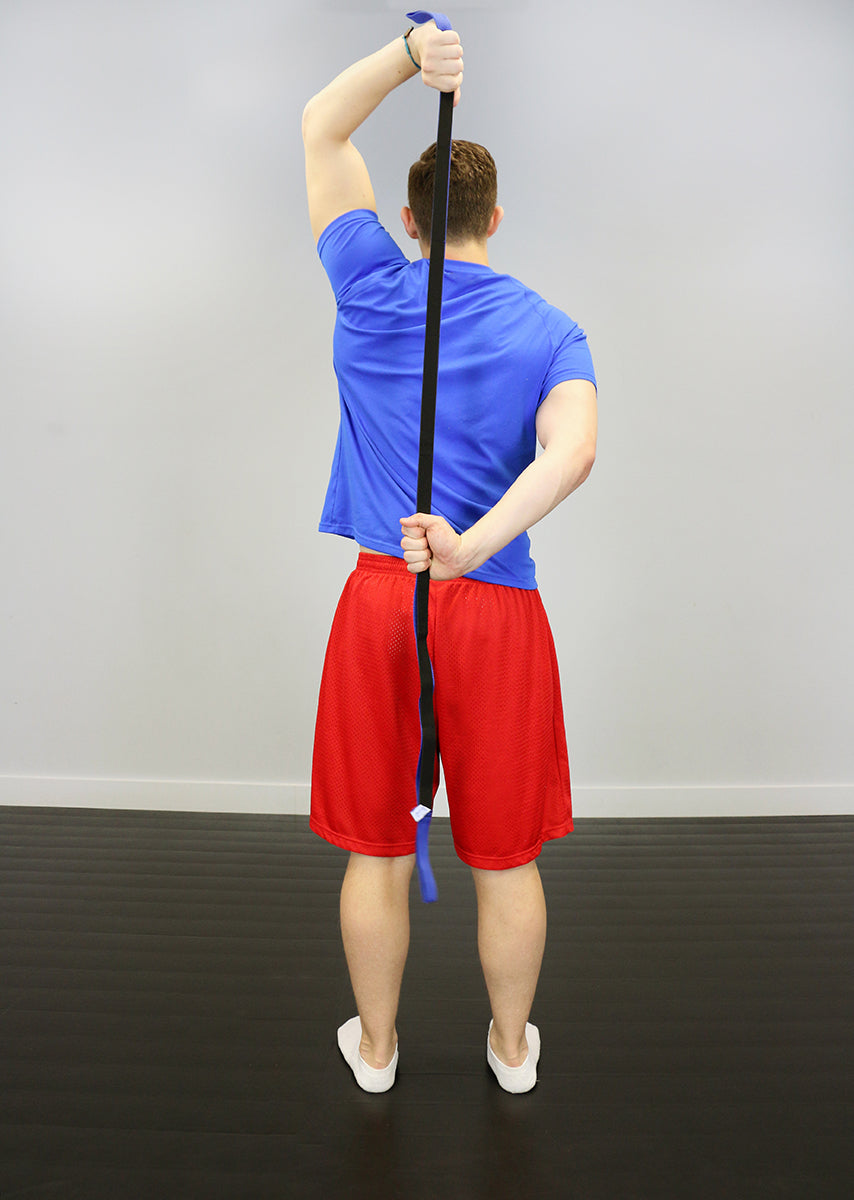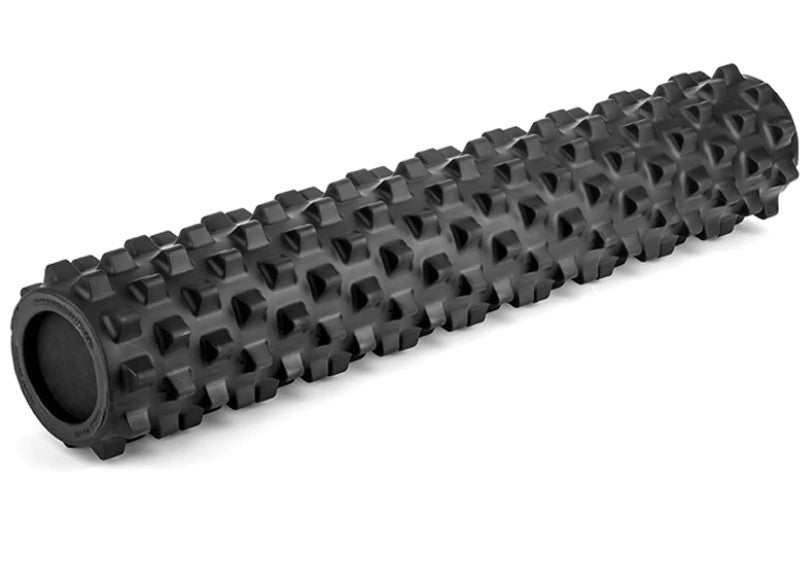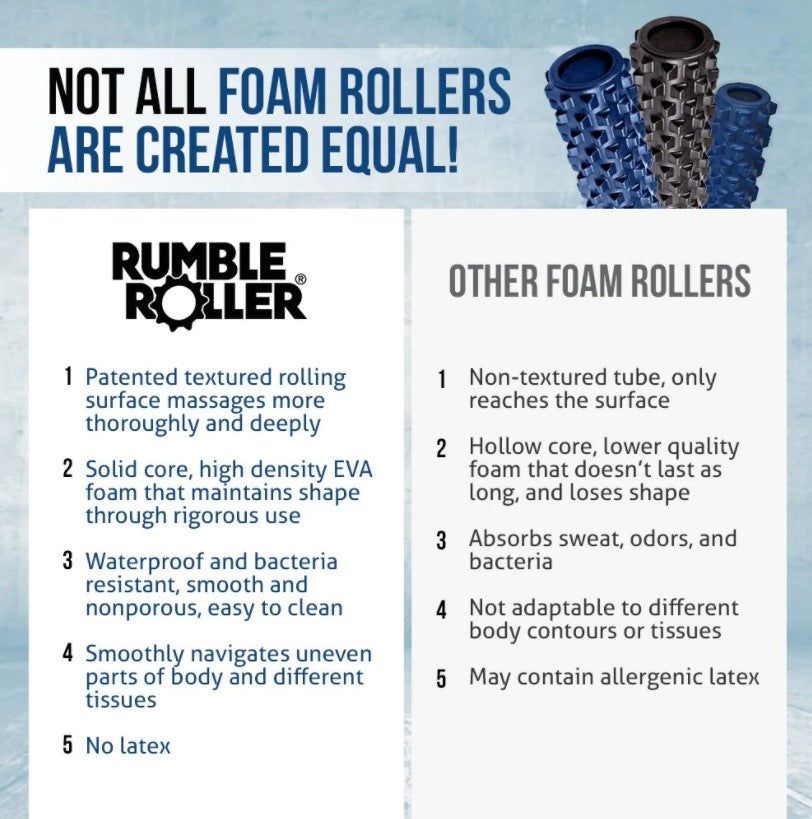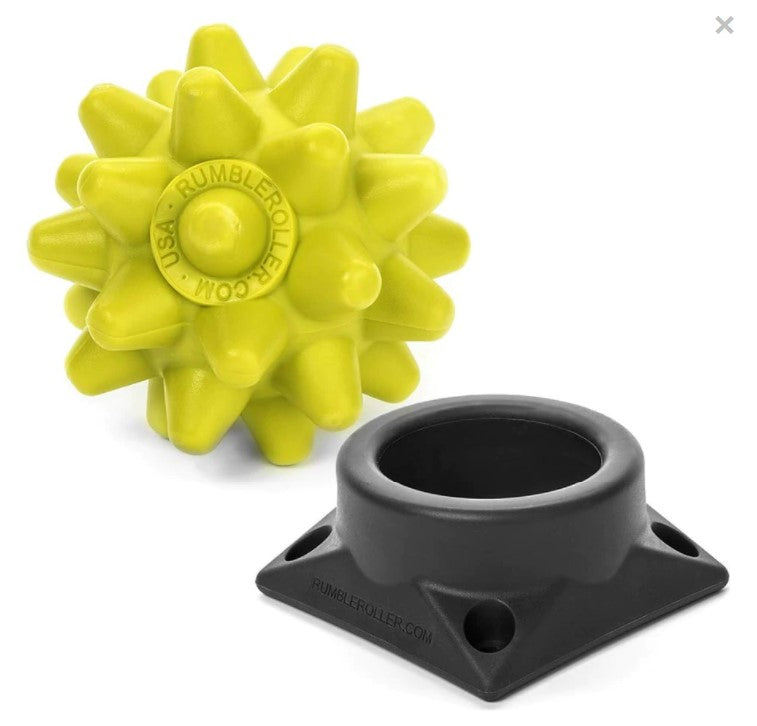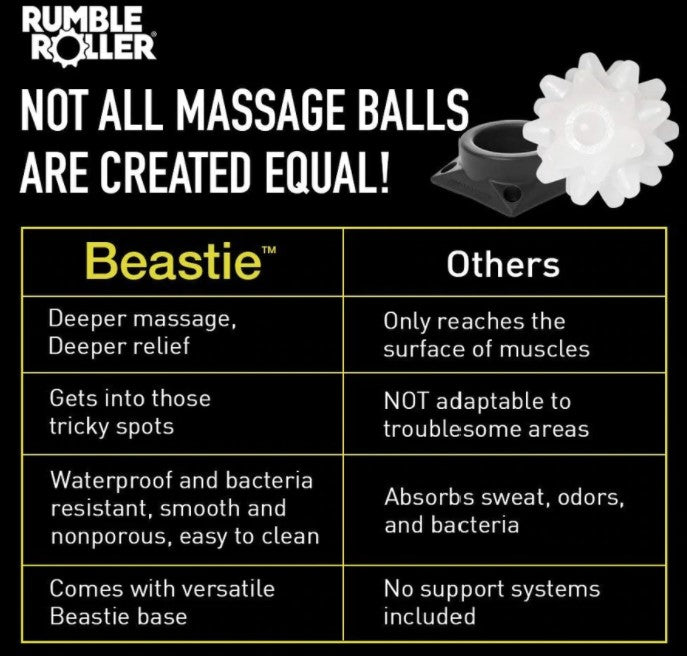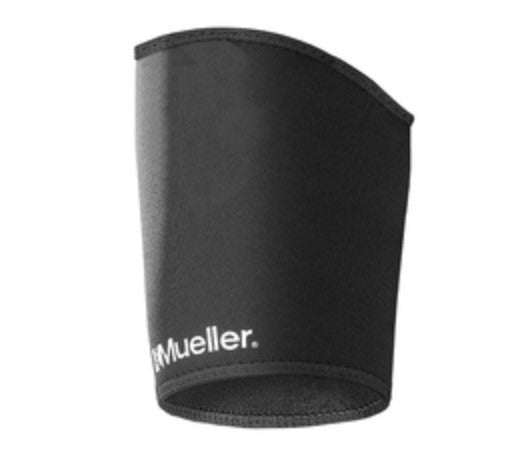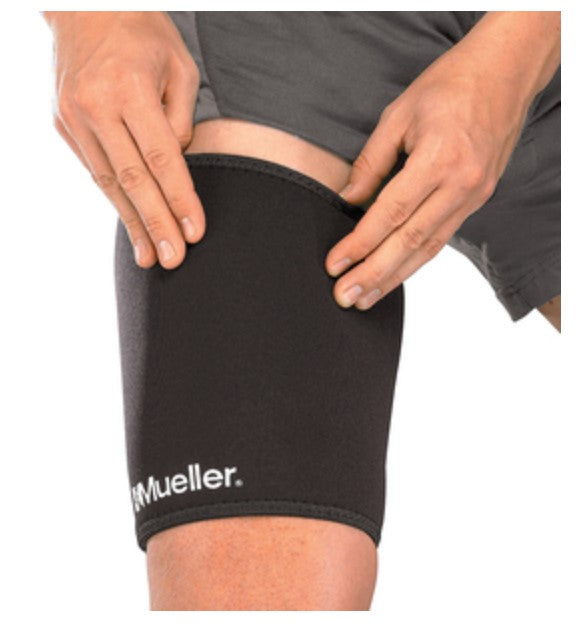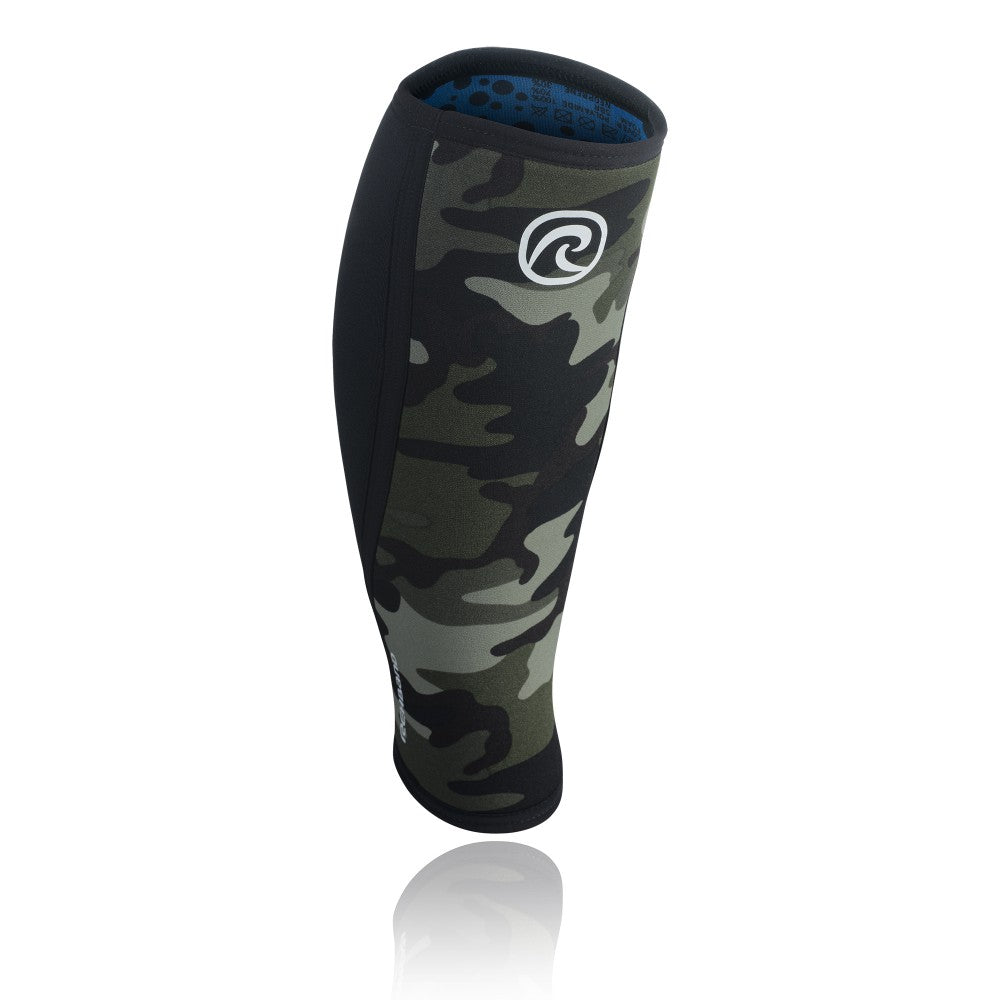I’ll be honest, I HATE deloads, and I absolutely love to train hard. That being said, deloads bring about great benefits if done properly. Before diving into the steps to effectively deload for performance increases, I want to share how these steps came to be.
Some things I’ve done in the past, primarily to prepare myself for my seasons when I was a hockey player, were done without fully understanding the science as to why it might work. I would read everything I could and pull little snippets from each to try out on myself. Since training wasn’t my main goal when I was playing hockey, I figured I’d focus more on recovery and how to optimize my performance on the ice.
Sleep was one of the top of my list items, so I made sure to get ample amounts of quality sleep, which involved limiting my caffeine consumption and performing long, tedious nighttime rituals. However, when it was game day, I was 100% focused on feeling as good as I could for those two to three hours. That meant two coffees, with one being around 4:30-5 pm, as opposed to my usual maximum one cup of coffee per day during the week. Simply that extra dose of caffeine gave me a significant boost in energy when I most needed it.
RECENT: General Concepts and Progression of the Omni-Contraction System
This worked for me my whole playing career, so once I transitioned to powerlifting, this routine stuck with me. Except now, every training day was like a game day for me. My training days are limited to one coffee and my pre-workout drink, whereas my days off are either one cup of coffee or decaf (depending on how much work I have to get done). Once it came time to deload though, intuitively, I decided to cut all stimulants four to five days before I would test or compete. I figured that cutting caffeine out for four days and going back to my normal dose on testing day would give me a giant boost, like in my hockey playing days.
THAT’S EXACTLY WHAT HAPPENED (every time)!
Thanks to
Ben Pollack, there was some great coaching behind the big PRs, but I think we were both pretty surprised by my numbers considering what I hit in training.
Fast forward two to three months later, I’m taking the
Neurotyping System™ course by Christian Thibaudeau, and it all made sense to me. I finally had the science behind my intuition.
Key Benefits of Deloads
One of the key benefits of deloading is the recovery of the central nervous system (CNS), specifically involving the neurotransmitters dopamine and norepinephrine (NE). Dopamine is an excitatory neurotransmitter commonly associated with motivation and reward, but more importantly, the drive to persist through hard work to achieve a goal (Aberman and Salamone, 1999; Salamone and Correa, 2012; Hamid et al, 2016). NE is a catecholamine and excitatory neurotransmitter that gets converted to epinephrine or adrenaline. It has many influences on the body, including muscle tone and contractility (Bowman and Zaimis, 1958; Williams and Barnes, 1989). Dopamine is a precursor to NE, which then gets converted into adrenaline by the enzyme PNMT (phenylethanolamine N-methyltransferase). Under times of stress, PNMT activity is increased by the presence of glucocorticoids, specifically the stress hormone cortisol, and thereby increasing epinephrine levels and psychological arousal.
Training is a stressor, and the greater the difficulty of the training (intensity and volume), the greater the stress response will be and thus a greater cortisol increase. Cortisol itself is NOT bad. An acute spike in cortisol is our friend in that it increases our adrenaline and allows us to push ourselves in the gym. Our enemy is chronically elevated cortisol levels.
If our levels of cortisol are always jacked up from pushing too hard in the gym or not allowing the nervous system to unwind and recover, NE will be constantly elevated and converted into adrenaline. This has two effects:
- The receptors that NE bind to on muscle to trigger stronger contractions (the beta-adrenergic receptors) will become de-sensitized, meaning they will either stop responding or require greater levels of NE to elicit a response.
- The high conversion of NE to adrenaline will require more dopamine to be converted to NE, meaning dopamine levels will begin to decline, causing a decrease in motivation and mood (doesn’t that sound like “overtraining”?...)
A properly executed deload addresses both effects by re-sensitizing the beta-adrenergic receptors and restoring dopamine levels. Appropriate levels will motivate you to compete and have a greater effect from increases in NE and adrenaline, allowing you to perform better at the competition.
3 Steps to an Effective Deload
Now that you understand some of the science behind deloading, here are my three steps (plus a bonus) that I like to implement to deload and prepare for the big day effectively:
- No caffeine/stimulants four to six days before
- Decreased training frequency, intensity, and/or volume
- Less stimulating music or no music at all
Step #1: Remove Caffeine or Any Stimulants 4-6 Days Before Competing or Testing
Ever wonder why after a while, you no longer feel a large boost from your daily three cups of coffee or energy drinks? Drinking caffeinated coffee, energy drinks, or pre-workout constantly will result in the desensitization of your beta-adrenergic receptors over time, making you less responsive to the effects of caffeine.
Depending on the amount of stimulants you consume on an average day, the number of days to re-sensitize your body to stimulants may differ. For example, I have one coffee a day, but on my training days, I include a pre-workout drink before training as well. For me, I’ve noticed I can get reset in about three to four days, but someone who consumes more caffeine than me may need a little longer, something along the lines of four to six days. By removing caffeine for a sufficient period of time, you will be able to re-sensitize your beta-adrenergic receptors, as well as replenish your dopamine levels in the brain. The increase in sensitivity will mean that when you consume your normal amount of caffeine on meet day, you will experience a much greater boost in energy and drive, along with the increased motivation from the dopamine replenishment.
BEWARE: If you consume a lot of caffeine on a daily basis, you will go through symptoms of withdrawal such as headaches and fatigue. Don’t worry, this is normal and is part of the process. Also, you are NOT getting weaker in the gym. You may feel weaker, but it’s all in your head. You simply have a low level of arousal from the lack of stimulants.
A couple of tips to help you through this process are to focus on SLEEP and drink DECAF coffee. I personally love the taste of coffee so I drink decaf for my daily coffee. The main thing for me is to make sure I am getting a high amount of quality sleep during this time, and if possible, fit in a small 15- to 20-minute power nap during the day. That may seem short, but it’s all you need to give yourself a little boost mid-day.
Step #2: Decrease Your Overall Training Frequency, Intensity, and/or Volume
Planning out your deload is as important as planning out your whole training cycle because without properly deloading, all the hard work put into training will not be on full display on the platform. Decreasing certain training variables such as frequency, intensity (or intensiveness), and/or volume are critical for recovery and to allow performance improvements to occur. Decreasing each of these variables also contribute to re-sensitization of the beta-adrenergic receptors. Training is a stressor, so by decreasing the number of exposures to stress (frequency) and the total stress load (intensity and volume), you are reducing the amount of stress, hence decreasing cortisol and adrenaline.
Now I’m not saying you should go to the gym and half-ass your work. Yes, the intensity of the main lifts will drop, making them easier, but it’s a great time to reinforce your technique and make sure everything is comfortable come competition. Along with technique, try to move the bar with as much speed as you can. This way, you’ll get the recovery but won’t be too neurologically “stale” from the lack of stimulation.
Finally, sessions during a deload are generally pretty boring because we’re trying to limit our stimulation. What I typically do is change my training mindset, going from wanting to always do extra and push as hard as I can to being in and out of the gym as quickly as possible. It’s not that I don’t want to be in the gym, it’s that this phase is all about recovery and recovery usually happens outside the gym. Normally, I walk in the gym, get the work done as efficiently as possible, and go home to sleep, stretch out, foam roll, etc. Sessions should run a maximum of 45 minutes, including the warm-up.
Step #3: No Music, or at Least Much Less Stimulating Music While Training
The last little trick I use, and this one can be debated, is to either not play any music or play less intense music while training. The reason I say it is debatable is that it’s not exactly necessary, but it’s a trick I personally use to prevent myself from getting too amped up during the session. If you’re like me, you enjoy cranking up the music and throwing around some weight. The more intense the music gets, the more you get jacked up and want to push even harder.
This is exactly what I try to avoid when I’m deloading, and it all goes back to decreasing stress, re-sensitizing the beta-adrenergic receptors by decreasing NE, and increasing our brain’s dopamine levels. So as a cautionary measure (because I don’t trust myself), I don’t allow myself to play intense music while training. If you’re not like me and music has no effect on your psychological arousal level, then, by all means, continue to play music in the gym.
BONUS: Stick to the Plan
Now, this bonus is something I struggle with greatly. I’m not going to lie, you might not feel super strong and may feel tired and lazy during the deload if you follow these steps. THAT DOESN’T MEAN YOU’RE GETTING WEAKER THOUGH. You simply feel that way because your arousal levels are not elevated like usual. Don’t start panicking and try pulling some magic tricks right before the competition. All the work has been done over the last 12-16 weeks. I promise, once you take your normal dose of stimulants and get that adrenaline rush from competing, you’ll feel invincible.
Summary
These steps work for ME. It’s taken me some time and experimentation to determine if these steps work for me, but they may not be optimal for you. The purpose of the article is to show you what I like to do, to explain the science behind it, and to get you thinking about your own training and how you might be able to apply the PRINCIPLES. If you decide to give these steps a try, please don’t hesitate to let me know how it goes (good or bad)!
Note: Much of the information has been learned through Christian Thibaudeau’s neurotyping courses, where he talks about the brain and how different neurotransmitters contribute to performance and training. Dr. Andrew Huberman (@hubermanlab on Instagram) also provides a lot of valuable information regarding neurotransmitters and the brain, especially on the role of dopamine.
References
- Aberman, J. E., & Salamone, J. D. (1999). Nucleus accumbens dopamine depletions make rats more sensitive to high ratio requirements but do not impair primary food reinforcement. Neuroscience, 92(2), 545-552. doi:10.1016/s0306-4522(99)00004-4
- Bowman, W. C., & Zaimis, E. (1958). The effects of adrenaline, noradrenaline and isoprenaline on skeletal muscle contractions in the cat. J Physiol, 144(1), 92-107. doi:10.1113/jphysiol.1958.sp006088
- Hamid, A. A., Pettibone, J. R., Mabrouk, O. S., Hetrick, V. L., Schmidt, R., Vander Weele, C. M., . . . Berke, J. D. (2016). Mesolimbic dopamine signals the value of work. Nat Neurosci, 19(1), 117-126. doi:10.1038/nn.4173
- Salamone, J. D., & Correa, M. (2012). The mysterious motivational functions of mesolimbic dopamine. Neuron, 76(3), 470-485. doi:10.1016/j.neuron.2012.10.021
- Williams, J. H., & Barnes, W. S. (1989). The positive inotropic effect of epinephrine on skeletal muscle: a brief review. Muscle Nerve, 12(12), 968-975. doi:10.1002/mus.880121204
Max Daigle is currently finishing his undergrad at McGill University in BSc. Physiology, with a Minor in Kinesiology. He played NCAA Division 1 hockey at the University of Vermont before transferring to McGill, where he played two seasons. Max is the assistant strength coach at
Axxeleration Performance Center, under the mentorship of Mark Lambert (Head Strength Coach Tampa Bay Lightning NHL) and Sebastien Lagrange. Axxeleration Performance Center is a private gym just outside Montreal, Quebec, that works primarily with hockey players.
















































